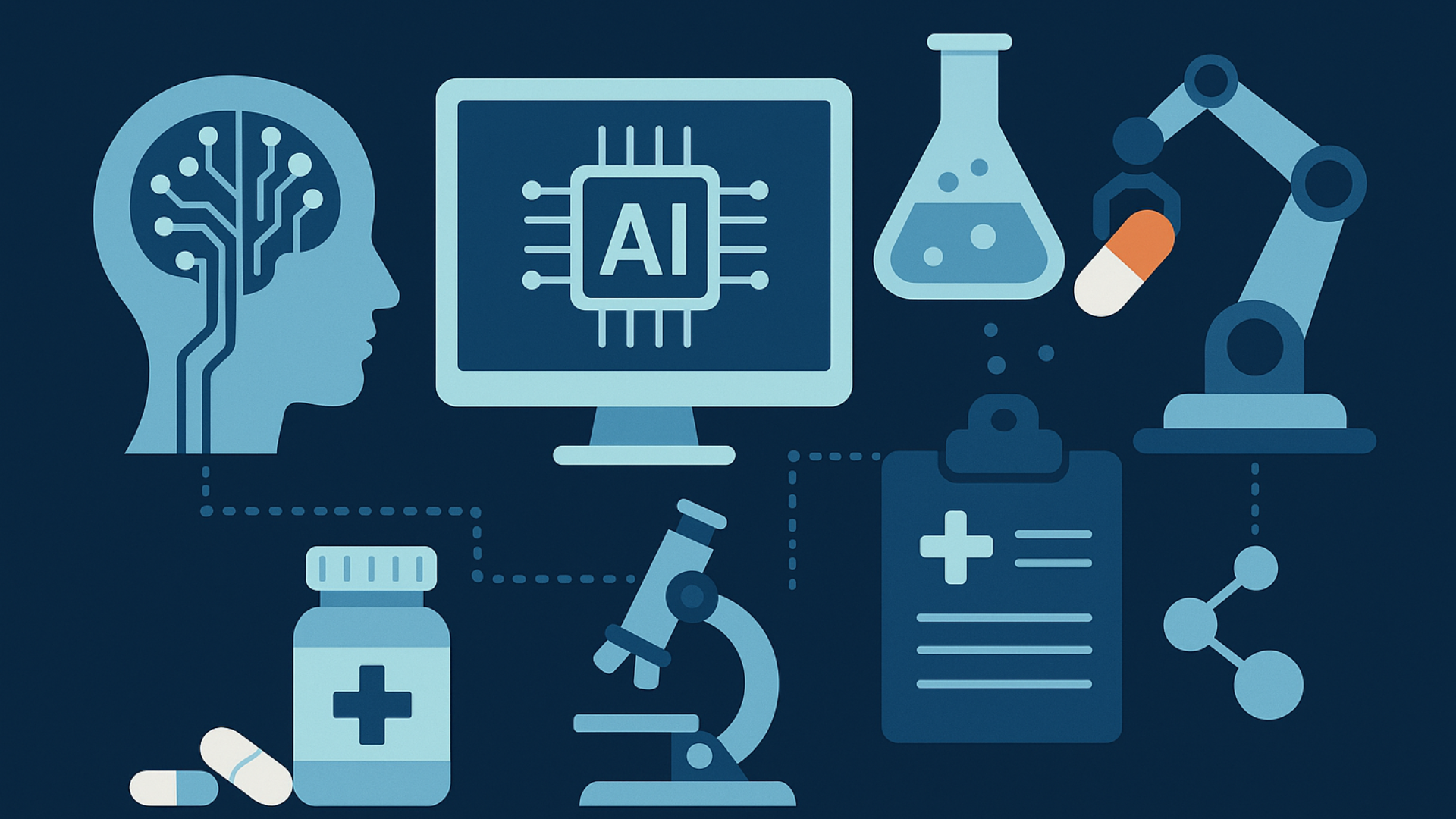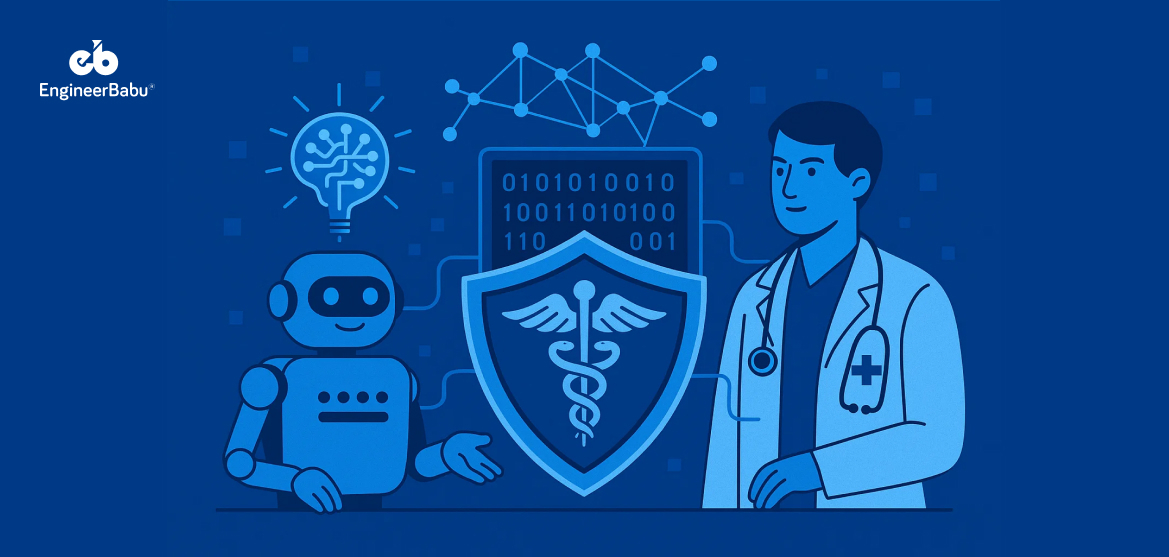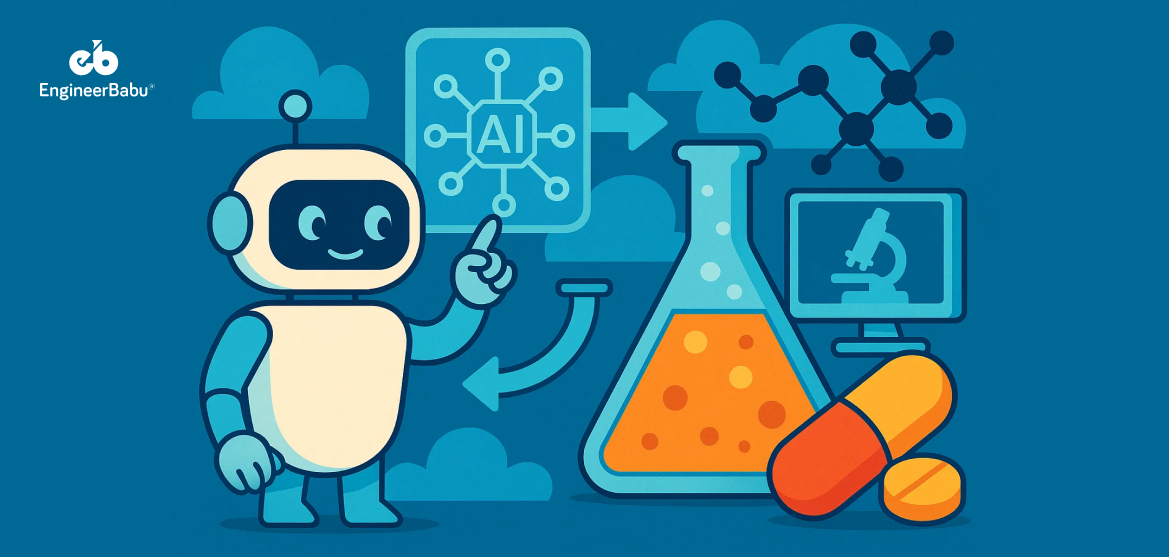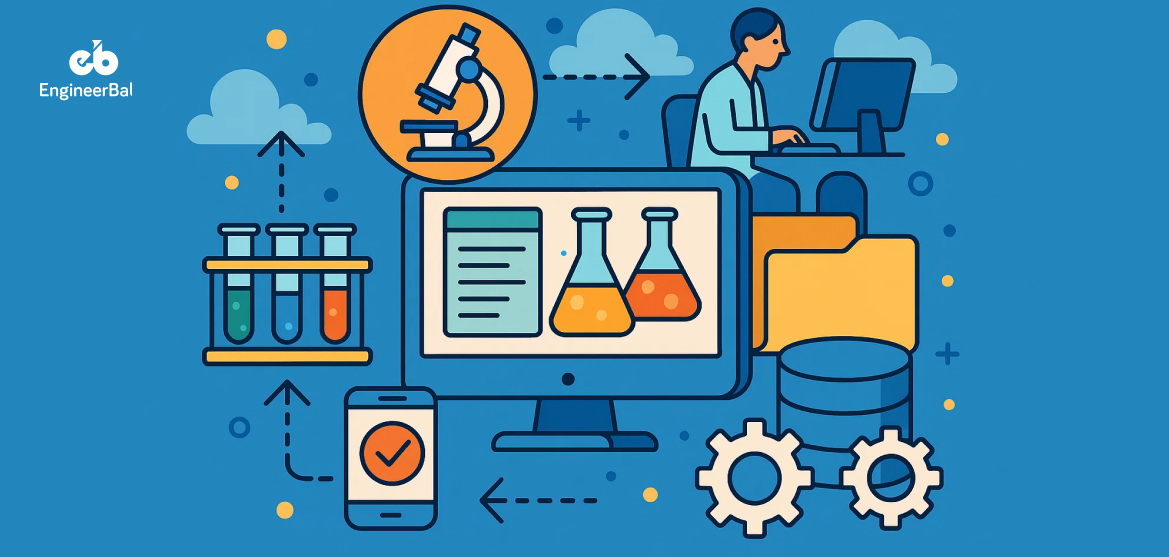Developing a new drug costs over $2.6 billion and takes 10–15 years—and nearly 90% of candidates still fail in clinical trials.
Most failures stem from flawed target identification, safety issues discovered too late, or inefficient trial designs that don’t reflect real-world patient populations.
To combat these inefficiencies, pharmaceutical companies are embedding AI into core R&D and operational workflows. In fact, brands like Pfizer are using machine learning to predict trial enrollment rates, helping them allocate resources faster. Whereas, Novartis applies AI to automate image analysis in oncology trials, accelerating the identification of treatment response.
But, the use of AI in the pharmaceutical industry isn’t restricted to just R&D.
In this article, we’ll explore 10 high-impact, real-world use cases where AI is transforming drug discovery, development, and delivery across the pharmaceutical value chain.
10 Real-World Use Cases of AI in the Pharmaceutical Industry
AI-Driven Drug Discovery and Molecular Design
AI models are accelerating early-stage drug discovery by predicting molecular properties, generating novel compounds, and identifying lead candidates faster. Insilico Medicine, for instance, used generative adversarial networks (GANs) to design a drug for idiopathic pulmonary fibrosis in under 18 months—a process that traditionally takes up to 5 years.
Companies like Atomwise use deep learning to screen billions of compounds for binding affinity, significantly narrowing down viable leads before wet-lab testing begins.
Target Identification and Validation
Identifying the right biological target is critical for a drug’s success. AI platforms now analyze vast omics datasets—genomics, proteomics, transcriptomics—to pinpoint disease-relevant targets. BenevolentAI applies knowledge graphs to map disease mechanisms and propose new targets.
This approach increases the probability of clinical success by focusing on targets backed by multi-dimensional data, reducing costly failures downstream.
Predictive Modeling for Preclinical Toxicology
Traditional toxicology testing is slow, expensive, and heavily reliant on animal studies. AI models trained on historical toxicology data can now predict the safety profile of a molecule long before it enters animal or human trials.
IBM’s RXN platform and startups like Aqemia are building models that anticipate toxicity, mutagenicity, or organ-specific risks—cutting down both costs and ethical concerns during preclinical stages.
Optimizing Clinical Trial Design and Recruitment
AI helps design smarter trials by identifying optimal patient cohorts, geographies, and endpoints. Pfizer leverages AI to forecast recruitment timelines and dropout risks, while Deep 6 AI scans millions of EHRs to find eligible patients in minutes.
This leads to faster enrollment, higher retention, and more reliable results—addressing one of the most expensive and failure-prone phases of drug development.
Biomarker Discovery and Companion Diagnostics
AI is increasingly used to discover predictive biomarkers that indicate drug response. By analyzing high-dimensional datasets—genomic, proteomic, imaging—ML models can uncover signals human researchers might miss.
For example, Tempus uses AI to identify biomarkers for oncology therapies, enabling companion diagnostics that improve patient stratification and regulatory approval rates.
Drug Repurposing
Drug repurposing shortens time-to-market by finding new indications for existing molecules. AI models can mine clinical trial databases, biomedical literature, and real-world data to uncover unexpected but viable therapeutic applications.
During the COVID-19 pandemic, BenevolentAI’s platform identified baricitinib, a rheumatoid arthritis drug, as a potential treatment—later granted emergency use authorization by the FDA.
Manufacturing Process Optimization
AI is transforming pharmaceutical manufacturing by predicting equipment failures, optimizing batch yields, and ensuring consistent quality control. GSK uses machine learning to detect anomalies in real time and adjust variables like temperature or mixing speed automatically.
These improvements reduce waste, downtime, and deviations—aligning with the FDA’s Pharma 4.0 vision for intelligent manufacturing.
Supply Chain and Inventory Management
Pharma supply chains are vulnerable to stockouts, overproduction, and logistical delays. AI helps forecast demand, monitor supplier risk, and optimize distribution routes. Novartis implemented AI to anticipate supply chain disruptions and dynamically reroute inventory, reducing downtime and waste.
AI-powered demand forecasting also helps pharmaceutical reps and distributors manage cold-chain logistics more efficiently.
Pharmacovigilance and Adverse Event Detection
Manual monitoring of adverse drug reactions is slow and incomplete. AI, particularly natural language processing (NLP), is now used to mine EHRs, social media, and post-market reports to flag safety signals earlier.
Bayer and Merck have adopted AI-powered pharmacovigilance systems that automate signal detection and prioritize serious adverse events for manual review—accelerating regulatory reporting and improving patient safety.
Personalized Medicine and Digital Therapeutics Integration
AI enables pharmaceutical companies to tailor treatments to individual patient profiles by integrating genetic, behavioral, and environmental data. In oncology, Foundation Medicine and Tempus provide AI-driven insights to match patients with targeted therapies.
Additionally, pharma is partnering with digital therapeutics companies like Pear Therapeutics to combine drug regimens with AI-powered behavioral interventions—creating closed-loop, adaptive treatment systems.
Conclusion
AI is transforming the pharmaceutical industry by reducing discovery timelines, improving clinical trial success rates, optimizing manufacturing, and enhancing post-market surveillance. Use cases like AI-driven molecule generation, patient matching for trials, and automated pharmacovigilance are already delivering measurable results.
Pharma companies integrating AI into their workflows are gaining speed, precision, and cost-efficiency—factors critical for staying competitive in a high-risk, high-regulation market. As AI adoption scales, the focus should shift toward data readiness, model transparency, and regulatory alignment to drive long-term impact.
FAQs
1. How is AI different from traditional analytics in pharma?
Traditional analytics relies on rule-based or statistical methods with limited adaptability. AI—especially machine learning—learns from data patterns, adapts to new inputs, and makes predictive or generative decisions. This enables more accurate target selection, trial design, and safety monitoring.
2. Is AI in drug discovery already producing approved drugs?
While most AI-discovered drugs are still in clinical phases, progress is rapid. Insilico Medicine’s fibrosis drug, discovered using AI, entered Phase I clinical trials in record time, and many AI-repurposed drugs like baricitinib (COVID-19) have gained emergency use authorizations.
3. What datasets are required to use AI in pharmaceutical R&D?
AI in pharma uses diverse data sources: genomics, proteomics, EHRs, clinical trial data, imaging, chemical structure libraries, and real-world evidence. The quality, labeling, and volume of this data directly impact model accuracy and success.
4. How can pharma companies ensure AI compliance with regulators?
Work closely with regulatory frameworks like FDA’s AI/ML Action Plan and EMA’s adaptive pathways. Maintain audit trails, transparency (explainable AI), model versioning, and human oversight. Many pharma companies also collaborate with AI-focused CROs or consultants to navigate this.
5. What’s the biggest barrier to AI adoption in the pharmaceutical industry?
The top challenges include data silos, lack of cross-disciplinary talent, unclear ROI, and regulatory uncertainty. However, early adopters are overcoming this by building internal AI teams, investing in clean datasets, and partnering with AI startups or academic labs.




